Accordingly, the Vietnam Road Administration requested the Phu Tho Department of Transport to coordinate with the Vietnam Inland Waterways Administration to implement a plan to divide waterway traffic through the Phong Chau bridge area and deploy barriers around the area of steel truss span No. 5 and the remaining spans of the bridge.
According to the direction, Phu Tho Department of Transport must arrange for checkpoints, guide and prevent people from entering the fenced area to ensure people's safety.
Urgently study the plan and soon have a solution to dismantle steel truss span No. 5 and the remaining spans in a way that ensures safety for the dismantling force and search and rescue work.
At the same time, estimate the cost of dismantling this steel truss span and the remaining spans in accordance with the proposed plan and solution.
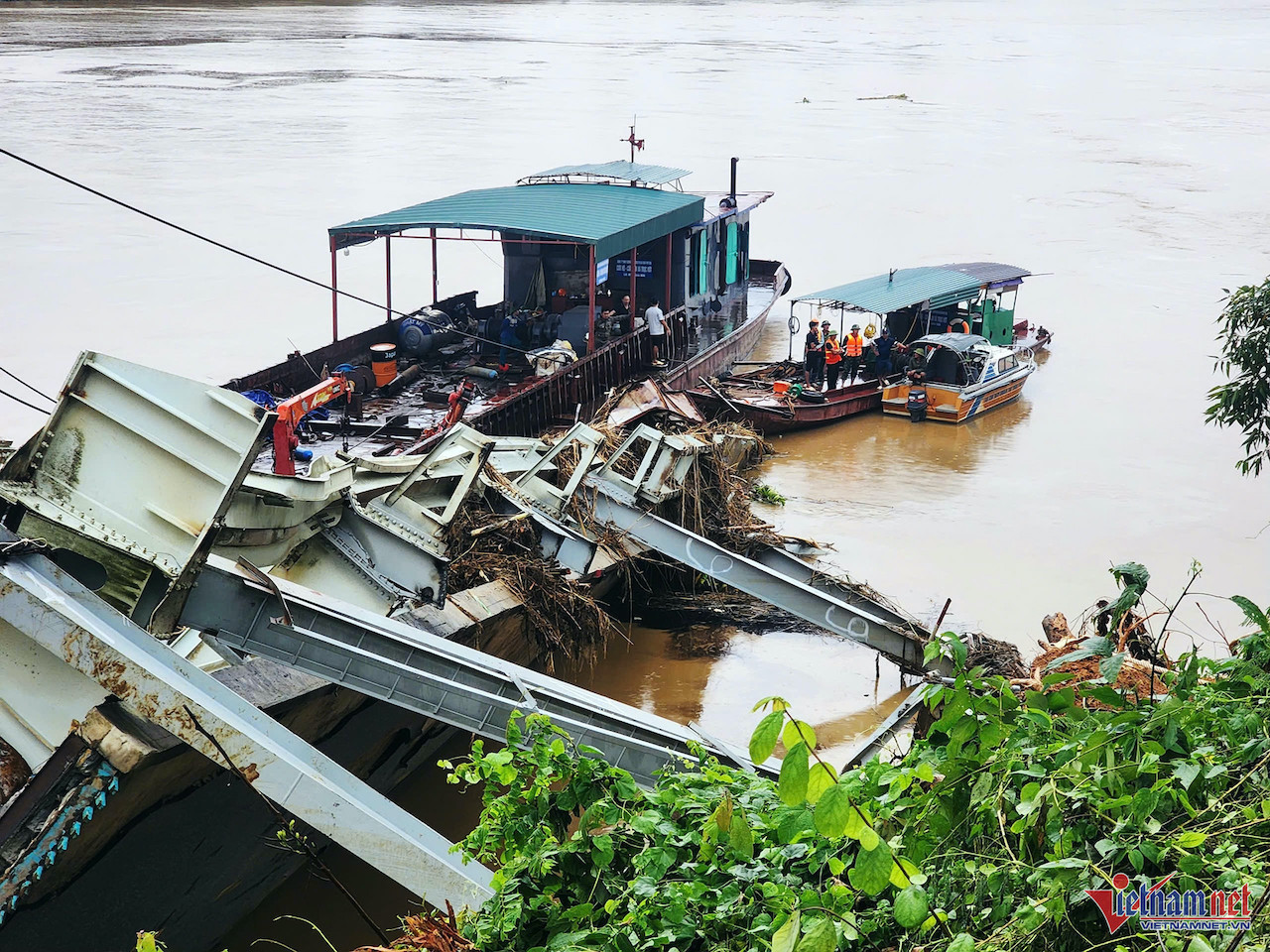
The Department of Transport of Phu Tho province is responsible for consulting the Steering Committee for Natural Disaster Prevention, Search and Rescue, which is also the Steering Committee for Civil Defense of Phu Tho province, on the plan and solution to dismantle the steel truss span No. 5 and the remaining spans of Phong Chau bridge.
At the same time, the locality also urgently reported and requested the Ministry of Transport to announce additional emergency situations to have a legal basis to issue additional Emergency Project Construction Orders for the dismantling of steel truss span No. 5 and the remaining spans of Phong Chau bridge.
Previously, the Vietnam Road Administration also received a report on the salvage plan for the collapsed bridge section. Specifically, sunken vehicles located outside the steel truss span will be immediately salvaged, brought closer to shore and lifted into the staging area by a 150-ton crane.
For vehicles stuck in the steel truss that cannot be salvaged immediately, the construction unit will use a 400-ton crane on shore and 2 ships equipped with salvage equipment to lift the steel truss out of the water and cut each span.
The tugboat will bring each steel truss span to shore and use a specialized 150-ton crane on shore to lift, lift, and place it in the staging area. During the process of cutting the steel truss spans, the construction unit will also simultaneously take out the vehicles stuck inside and tow them to shore.
With steel truss spans and vehicles buried deep under layers of sand and silt, the construction unit will use hoses and suction to remove the sand and silt before salvage.
For the concrete bridge deck, piers, piles, and submerged abutments, the contractor will use a 400-ton crane on shore and two ships equipped with salvage equipment to lift them to the water surface. The concrete will be demolished by an excavator equipped with a concrete chisel on board.
As VietNamNet reported, due to the storm, at 10:02 a.m. on September 9, the Phong Chau bridge collapsed, pulling down the T7 pillar and collapsing the two main spans of the bridge (spans 6 and 7). At the time of the bridge collapse, there were 8 vehicles involved, including: 1 truck, 1 car, 5 motorbikes, and 1 electric bicycle.
Source: https://vietnamnet.vn/cuc-duong-bo-yeu-cau-so-gtvt-phu-tho-som-co-phuong-an-thao-do-cau-phong-chau-2328303.html



![[Photo] Ready for the top competitions of Vietnamese table tennis](https://vphoto.vietnam.vn/thumb/1200x675/vietnam/resource/IMAGE/2025/5/18/9c547c497c5a4ade8f98c8e7d44f5a41)


![[Photo] Many young people patiently lined up under the hot sun to receive a special supplement from Nhan Dan Newspaper.](https://vphoto.vietnam.vn/thumb/1200x675/vietnam/resource/IMAGE/2025/5/18/6f19d322f9364f0ebb6fbfe9377842d3)

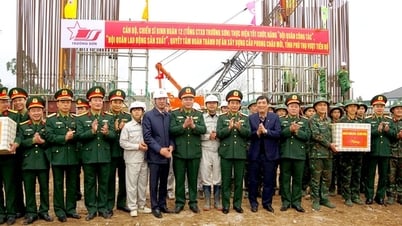




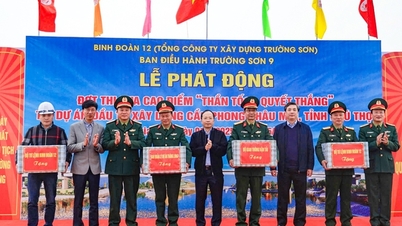





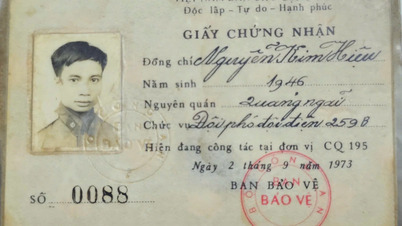





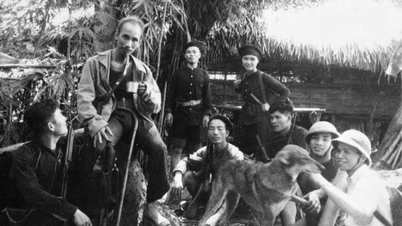










![[Photo] General Secretary To Lam visits exhibition of achievements in private economic development](https://vphoto.vietnam.vn/thumb/1200x675/vietnam/resource/IMAGE/2025/5/18/1809dc545f214a86911fe2d2d0fde2e8)
















































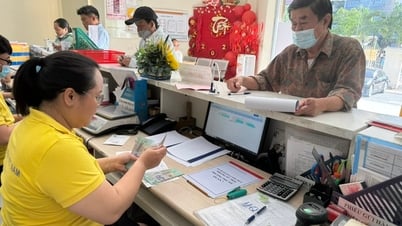


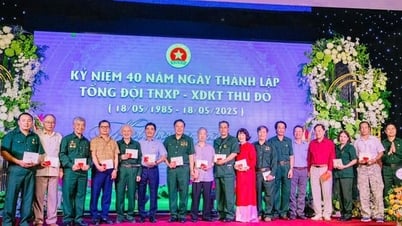












Comment (0)